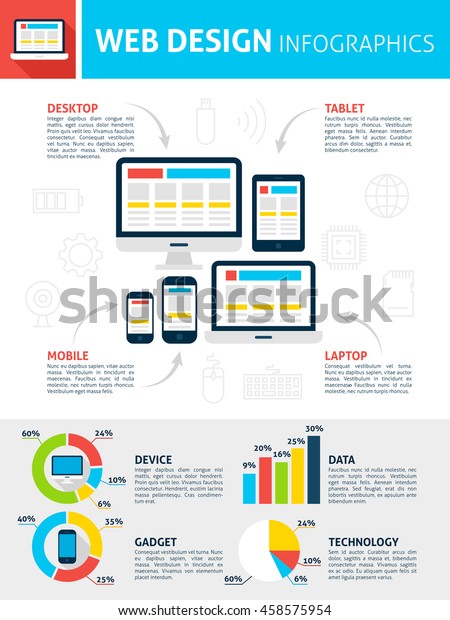Essential Facets Of Website Design: Standards For Creating A User-Centric Site
Essential Facets Of Website Design: Standards For Creating A User-Centric Site
Blog Article
Short Article Produced By-Aguirre Skinner
When it involves internet site design, making sure user-friendliness is key. From responsive style to streamlined navigation, every element plays a critical function in creating a site that deals with your target market's requirements. Yet what regarding the better details that can make or break an individual's browsing experience? Stay tuned as we uncover some often-overlooked ideas that can raise your website's functionality to the next level, making it absolutely stand apart in the digital landscape.
Importance of Responsive Layout
Receptive design is an essential facet of modern website growth. Ensuring your website is responsive means that it can adapt to different screen dimensions and tools, offering a seamless experience for customers.
With the enhancing use of mobile phones and tablets to access the internet, having a receptive layout is necessary for getting to a wider audience. It aids in enhancing user experience by making your website very easy to navigate and keep reading any device.
In addition, responsive layout can positively influence your internet search engine rankings, as search engines like Google prioritize mobile-friendly internet sites. By having a responsive style, you're also future-proofing your internet site, as new gadgets with differing display sizes continue to arise.
Simplify Navigation Structure
To boost customer experience and help with very easy access to details on your website, simplifying the navigating framework is vital. When designing your website, focus on developing a clear and intuitive navigation menu that helps visitors locate what they're searching for quickly.
Limit the variety of menu items to the basics, grouping associated pages together to prevent overwhelming customers. Usage detailed labels that clearly indicate the material of each page, making it simpler for users to recognize where each web link will take them.
Take into consideration implementing dropdown food selections for subcategories to avoid littering the major navigating bar. Additionally, include a search bar prominently on the page for individuals that prefer searching for specific info.
Focus on mobile responsiveness in your navigation design to make certain easy access on all tools.
Optimize Page Load Speed
Improving web page lots rate is crucial for maintaining visitors on your site. Slow-loading https://postheaven.net/orval4799rolland/keep-ahead-of-the-contour-patterns-and-technologies-in-web-design and can cause high bounce rates. To optimize page lots rate, beginning by enhancing images. Compress photos without jeopardizing quality to minimize their data dimensions.
Additionally, enable marketing agency texas caching to store regularly accessed sources in your area, speeding up lots times for returning site visitors. Minify CSS, JavaScript, and HTML documents by getting rid of unnecessary personalities, remarks, and format, enhancing tons speed.
Consider making use of a material shipment network (CDN) to disperse your site's material throughout several web servers worldwide, minimizing latency for users accessing your site from various locations. Finally, restrict the use of third-party scripts and plugins, as they can dramatically influence tons times.
Final thought
Finally, by including responsive style, simplifying navigation, and enhancing page load rate, you can develop an user-friendly website that appeals to a wider audience and improves customer experience. These essential elements make sure that visitors can conveniently access and navigate your website across various devices, resulting in boosted interaction and satisfaction. By concentrating on mouse click the following website page , you can develop an effective website that maintains customers returning for even more.
